9 Genius Hacks to Keep Your Pet From Destroying Everything You Own
Even the most patient pet parent can get frustrated with their destructive tendencies. Luckily, thanks to experienced pet parents and trainers, we’ve come across some crafty ways that can help deter them from shredding your shoes and gnawing at your walls. The best part is that these solutions will reclaim your home without suppressing your pet’s natural instincts.
Designate a Pet-Friendly Zone
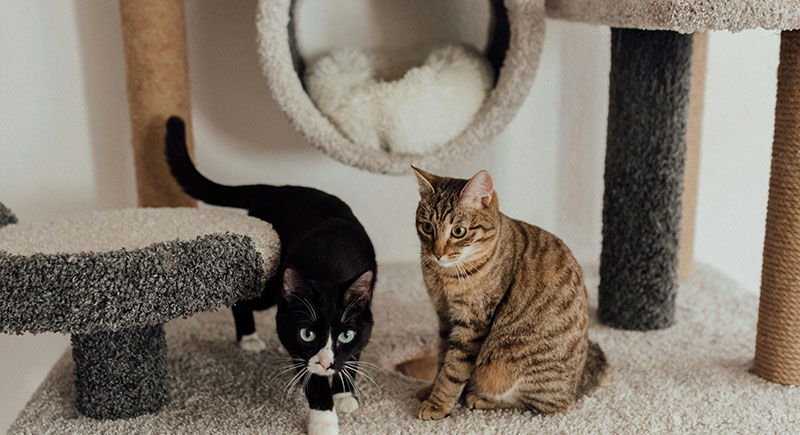
Credit: pexels
Providing a particular area equipped with engaging toys and comfortable bedding satisfies your pet’s need for stimulation and keeps it from engaging in destructive behaviors in the home. This approach is a win-win because it protects your belongings while promoting your pet’s well-being.
Use Bitter Sprays
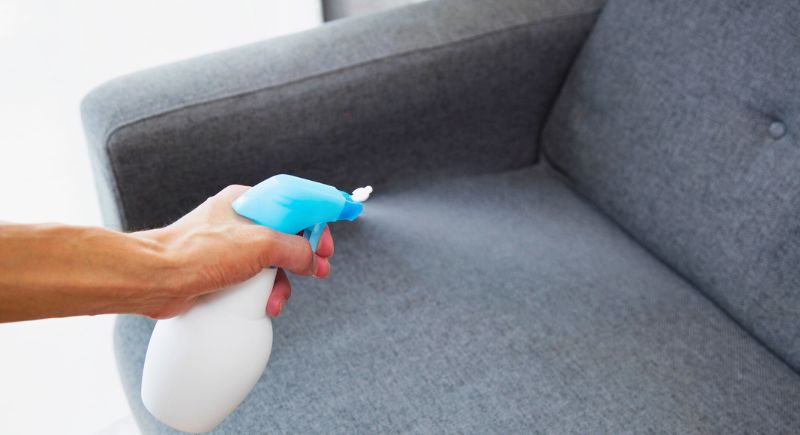
Credit: iStockphoto
Protecting your belongings from a pet’s destructive chewing can be challenging. Bitter sprays are a practical solution that imparts an unpleasant taste to any items you’d rather they not gnaw on. Some pet owners swear by products like Rocco & Roxie’s No Chew Extreme Bitter Spray.
Provide Puzzle Toys
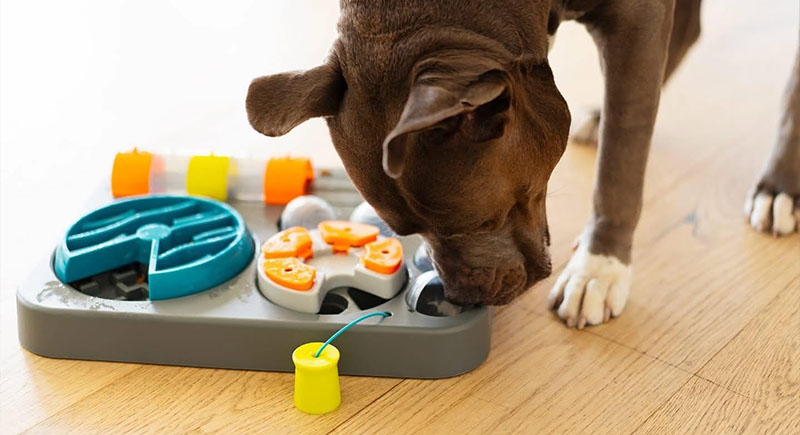
Credit: Instagram
Boredom often leads pets to destructive behaviors, and introducing puzzle toys can provide the necessary mental stimulation. For instance, a treat maze can challenge dogs to solve puzzles for treats. Such interactive toys entertain and promote problem-solving skills.
Regular Exercise

Credit: Instagram
A well-exercised pet hardly has the time–or the energy–for destructive behaviors. Regular physical activity drains excess energy, typically directed toward chewing or digging. Prospective dog parents should also pick the right breed, as breeds like the Belgian Malinois are renowned for being hyperactive.
Training Sessions
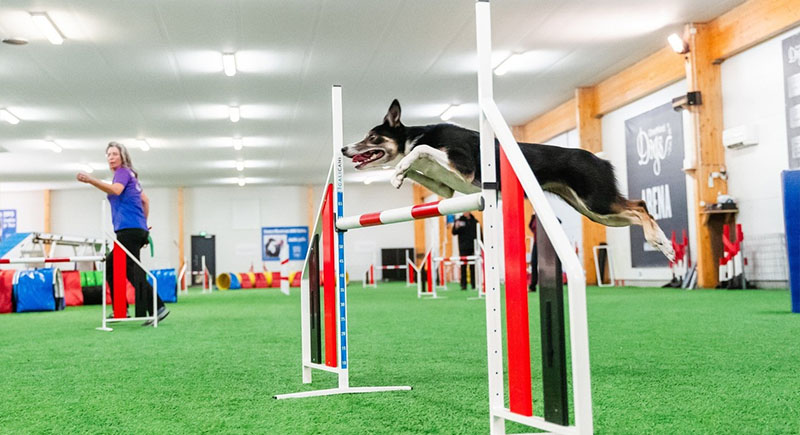
Credit: Instagram
Engaging your dog in regular training sessions can both reduce destructive behaviors and strengthen your bond. Positive reinforcement techniques also teach your pet to realize what’s allowed while commands like “leave it” or “no” establish boundaries. Being patient and consistent is important, as some pets take longer to train.
Secure Trash Bins

Credit: Instagram
Your dog’s curious nose may often lead it to rummage through trash, which subsequently leads to messes and potential health hazards. Investing in an automated pet-proof trash can stop this behavior. Its motion-activated lid and safe design prevent unwanted access to keep your home clean and your pet safe.
Use Baby Gates
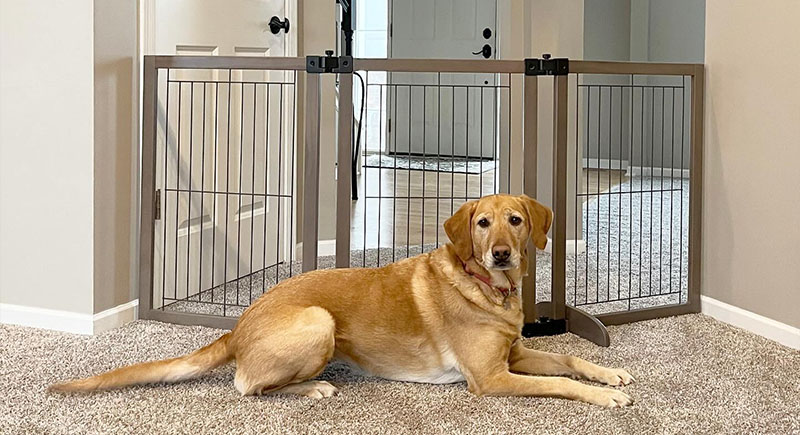
Credit: Instagram
Pets are adventurous and often venture into off-limits areas. Installing a baby gate can effectively restrict their access. This simple solution prevents unwanted exploration and provides a safe space for your pet to roam freely.
Offer Chew Alternatives

Credit: Instagram
Instead of chewing your shoes, redirecting your pet’s chewing instincts toward appropriate items helps prevent damage. Provide them with durable chew toys that satisfy their natural urge and promotes dental health. Regularly rotating their toys can also help maintain your dog’s interest and deter them from targeting your possessions.
Hide Valuables
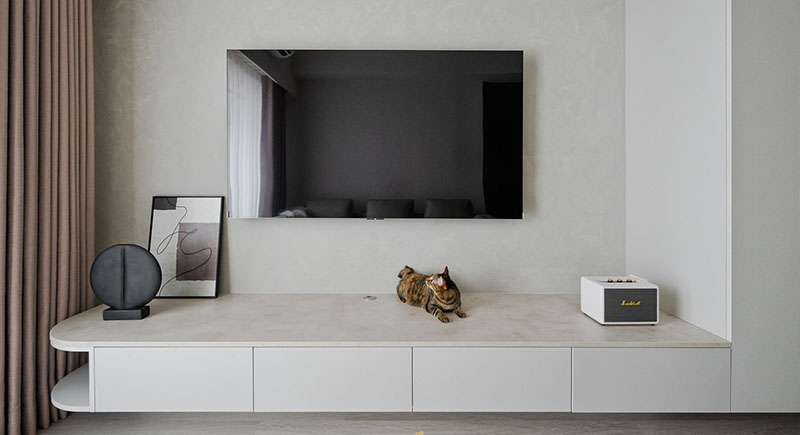
Credit: Instagram
Even the most well-behaved pet eventually gets curious enough to want to explore its environment. Therefore, it is advisable to store fragile and important belongings out of your pet’s reach. Using shelves, cabinets, or designated rooms can safeguard your possessions and keep them out of your pet’s reach.
Use Furniture Covers

Credit: Instagram
Pets can be tough on furniture, either due to their rough climbs or play sessions. Furniture covers help protect sofas and chairs from damage. Several brands also sell pet-friendly, waterproof, and machine-washable sofa covers that shield against fur, scratches, and spills.
Install Scratching Posts
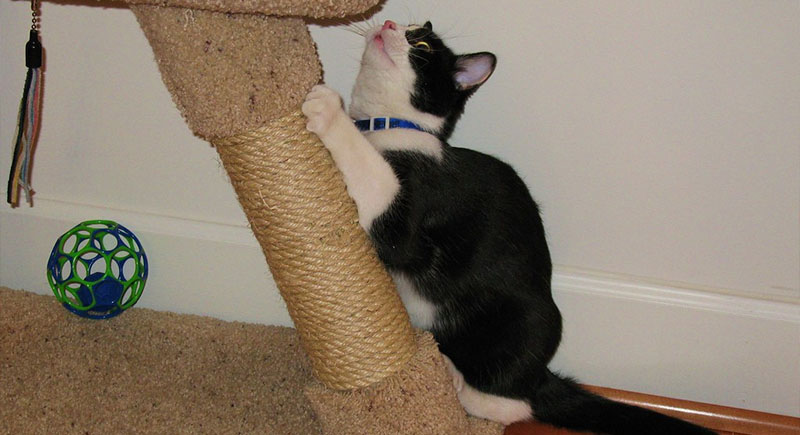
Credit: flickr
Speaking of scratching, cats–in particular–have a natural tendency to scratch to mark their territory and maintain healthy claws. Without appropriate outlets, they may target your furniture or carpets. Installing sturdy scratching posts provides an outlet for their scratching sessions while protecting your belongings.
Calming Aids
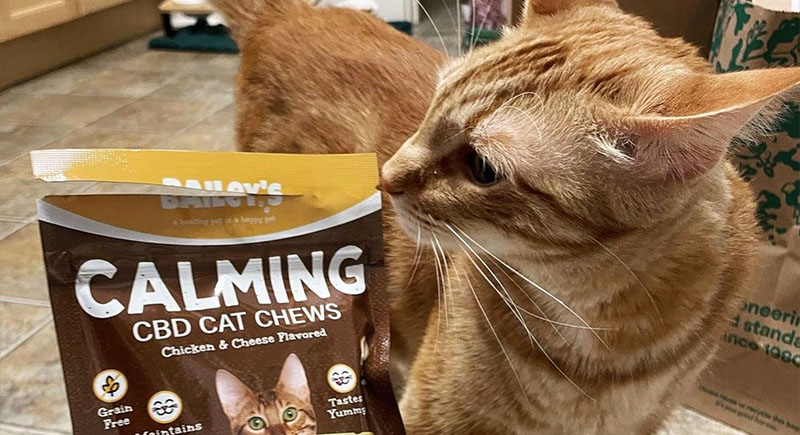
Credit: Instagram
Destructive antics sometimes stem from unaddressed stress. Channel that restless energy into tranquility with science-backed calming aids. For example, using pheromone diffusers can help mimic maternal comfort. There are also CBD chews or adaptogen-infused treats that ease nervous systems without sedation.
Regular Grooming

Credit: flickr
Untamed fur or overgrown nails aren’t just aesthetically displeasing—they trigger restless chewing and scratching. Frequent brushing with de-shedding tools can remove these irritants, and nail trims will reduce their ability to rip surfaces. When done right, grooming sessions can have a calming effect and lower cortisol levels.
Remove Urine Stains
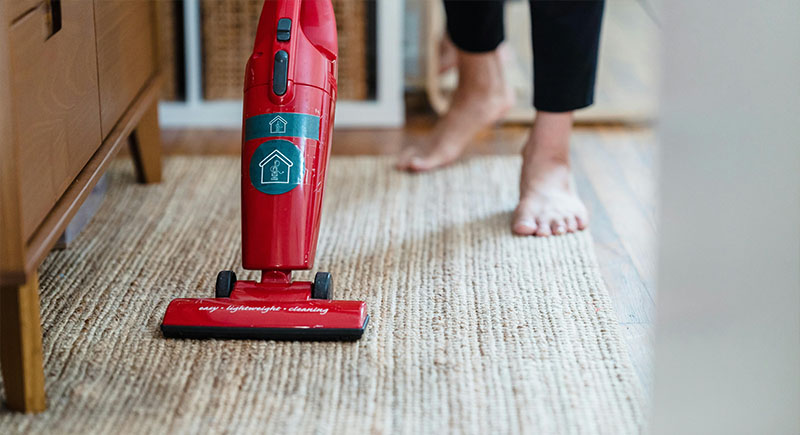
Credit: pexels
Urine stains whisper “Target here” to pets, thus enticing them to make that area a makeshift toilet. Wipe pee stains with enzymatic cleaners and avoid ammonia-based products, as they encourage pets to repeat the behavior. A fresh-smelling space is a good deterrent for destructive behavior.
Digging Zones
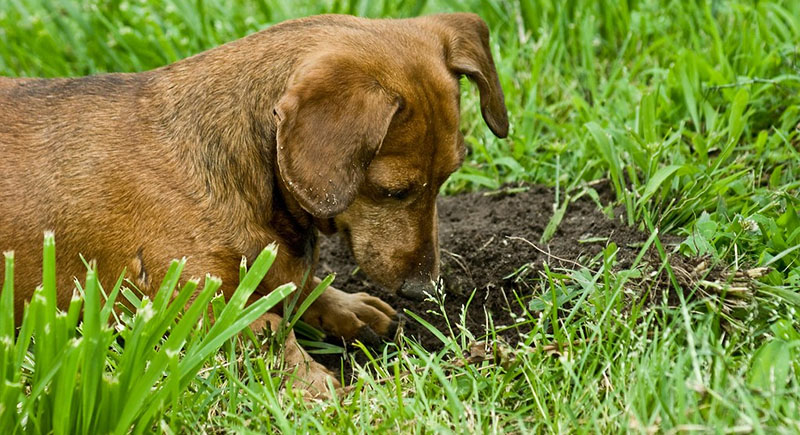
Credit: flickr
Burying instincts don’t vanish—they claw through your begonias and upholstery. Carve a pit filled with sand and hide toys or kibble to reward their digging. Trainers and pet parents swear by this outlet—it channels energy while reinforcing boundaries without stifling natural drives.